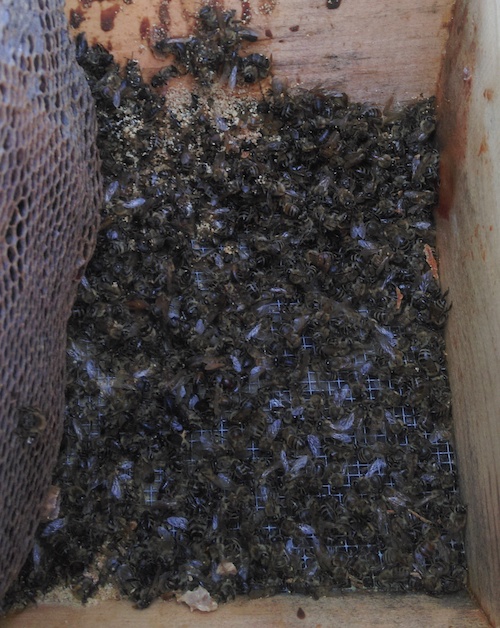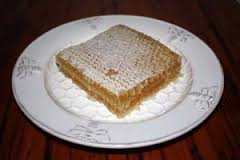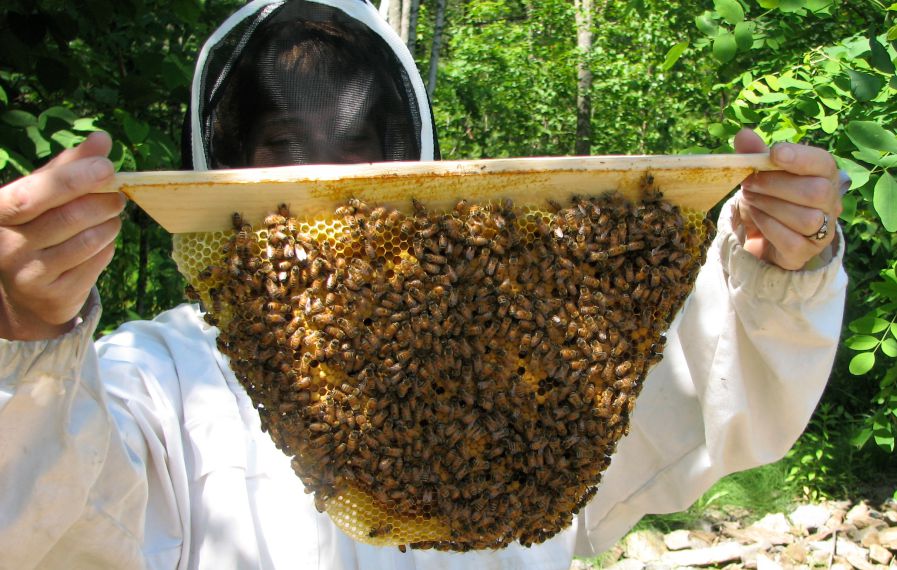Year Two in your Top Bar Hive – What if your bees died?
Ah, April. The month of April has long held a reputation for being the cruelest month in beekeeping, especially for those who keep bees in areas where winters are harsh. You may have seen your bees flying only a few weeks ago – on a sunny early spring day, but when you open the hive a short time later, find that they have succumbed.
So here you stand at the beginning of Year Two. Let’s begin with the worst-case scenario - since it drives the decision making process at this point. Your bees overwintered, and you saw them once or twice in January or February, but now it’s April, and they didn’t overspring.
You open the hive… and find resources you didn’t have a year ago. And dead bees too, yes, and that’s sad, yes – but think for a minute about what else you have now that you didn’t have a year ago. You have a year’s worth of new knowledge, and a year’s worth of experience. You may have some honey – wonderful natural honey, still in the comb; and you have some brown brood comb – clean natural beeswax comb – drawn by bees, for bees.
So what next? An obvious next step is to learn, if you can, why the bees died. This is why we call beekeeping a journey – there is always something new to be learned from the bees; with luck, learning about bees will be a lifelong adventure. Research and understand the why of beekeeping – because the why informs the how.
But for today let’s talk about practical, hive-side questions, like “My bees are dead – what’s next?” When you open a hive and find the bees dead, you have some decisions to make:
What do I do with the dead bees?
What do I do with the honey?
What do I do with the wax comb?
Let’s look at these questions one at a time.
What do I do with the dead bees?
I know the “ick” factor can be pretty high here – their tiny bodies laying in a heap on the bottom can be dry and sort of crunchy, or wet and moldy and gross, not to mention that dead bees are just depressing. A box and a spatula are your friends. Open the hive, carefully move the combs out of the way, and use the spatula to scoop the dead bees into the box. They are good candidates for the compost heap, if you have one, if not, then into the trash.

Depressing, I know...
What do I do with the honey?
Honey is food - food for bees, and food for beekeepers. If you have honey still in its natural wax comb, still suspended from the top bar, then you have ready-made bee food – and now you can avoid feeding your next bees sugar syrup when you hive them. Honey is the perfect food for bees, and it is stored and served in the perfect storage container. A full honeycomb hangs down from the top bar, which puts it exactly where the bees need it to be, especially in cold temperatures when they must cluster over their food source to survive. So save some bars for bee food.

More beekeepers than not have found themselves harvesting honey because their bees did not survive a winter. Now you face a choice: whether you want to have honey in the form of cut-comb honey, or crush and strain it to have liquid honey. Nothing beats that “bees on toast” taste sensation of cut-comb honey on warm crunchy toast. A spoonful of honey in your daily “cuppa”, in a smoothie, or just straight off the spoon, is an amazing food for beekeepers. Save some for beekeeper food.
What do I do with the drawn wax combs?
The value of natural beeswax comb is hard to fathom. We like to say it’s worth its weight in gold, and we sure do wish it weighed more than it does! Drawn comb represents the work of many bees, smells like home to bees, and most importantly, it offers an opportunity for a fast start for bees who move in and occupy it next. Much like when there is wax left behind in a bee tree, bees that move into a space that already contains drawn comb have got a leg up. They don’t have to start from zero. Their queen has a place to begin laying eggs as soon as she is able.

Don’t destroy the wax your bees have made! Unless you had a serious disease problem such as American Foulbrood, in which case you would have destroyed the entire hive long before now, that wax is a valuable resource. Shake or brush off any dead bees. Take this opportunity to remove any crooked combs that may have been making it difficult to inspect your hive.
Having drawn comb on the top bar is like having that small chunk of starter comb to begin a new hive – only now you’ve got whole bars!!! Use several bars of drawn comb to start new hives in your own bee yard. Pay it forward by trading a bar of drawn comb to a new top bar beekeeper with an interchangeable hive, (trade for an empty top bar - so you can get your top bar back) and help their next hive get started on natural comb.
Try again. What’s after all this? Well, I hope you’ve got it in you to try again. Beekeeping used to be easier, it’s true. But if chemical-free beekeeping on natural wax in an easily managed hive, with a focus on supporting the bees’ natural systems, seems like a right next step to you – please - dry your tears, clean out your hive, and give it another shot.
And remember this piece of wisdom:“A journey of a thousand miles begins with a single step.”- Lao Tzu
*This post is drawn from the text of "Advanced Top Bar Beekeeping - Next Steps for the Thinking Beekeeper." Written by Christy Hemenway and available here or at your favorite book retailer.
